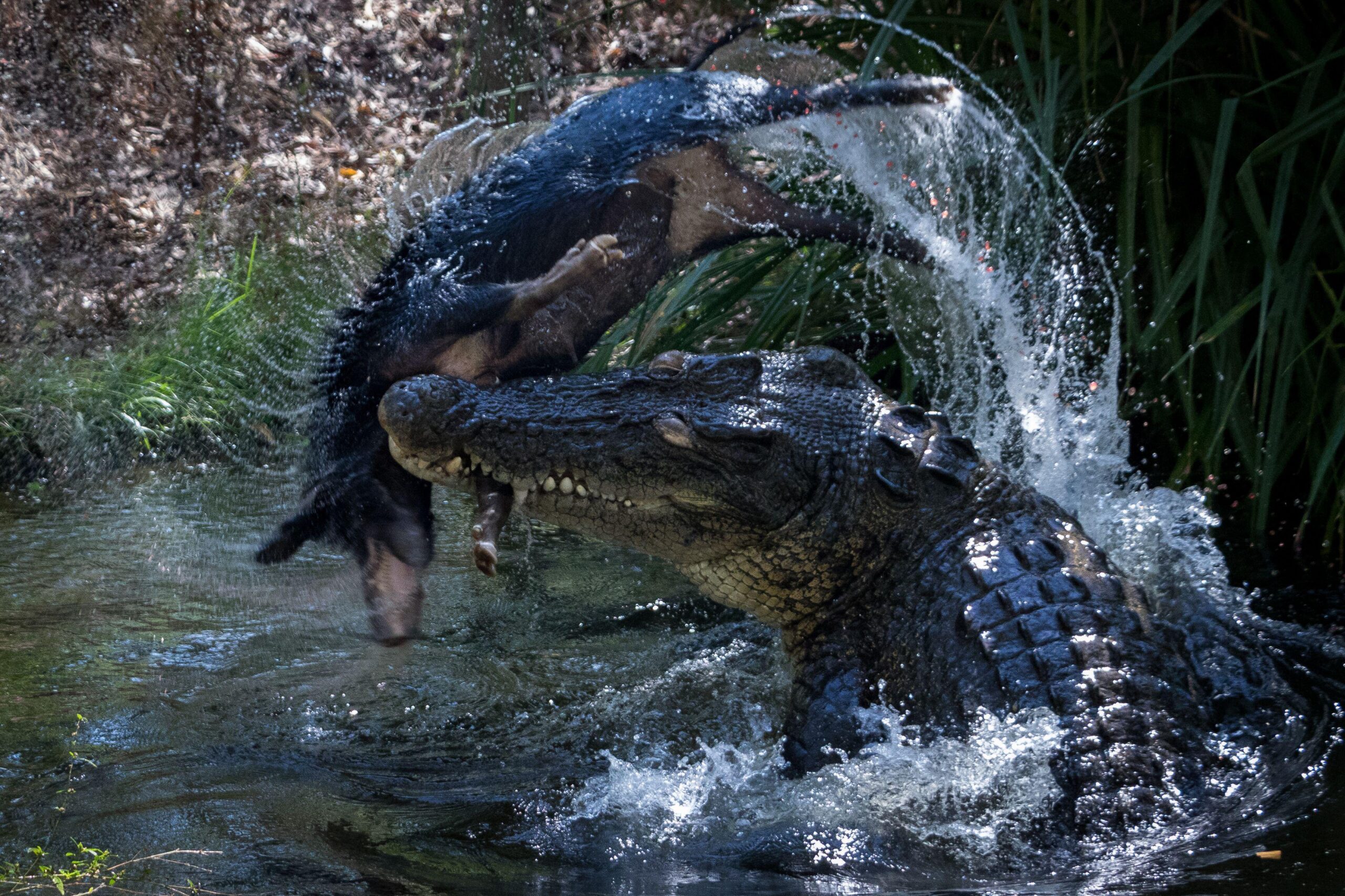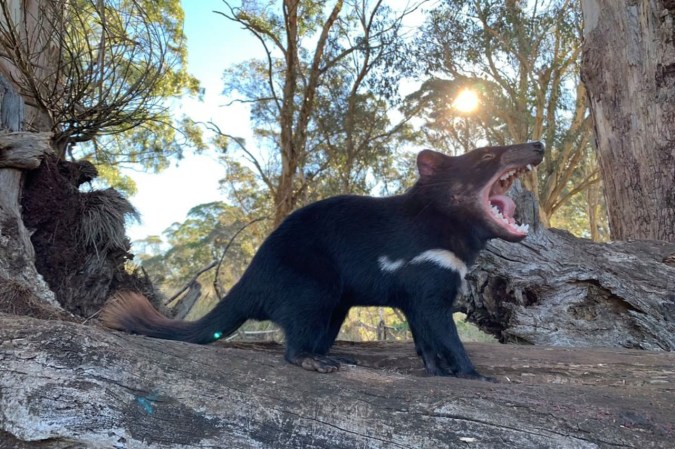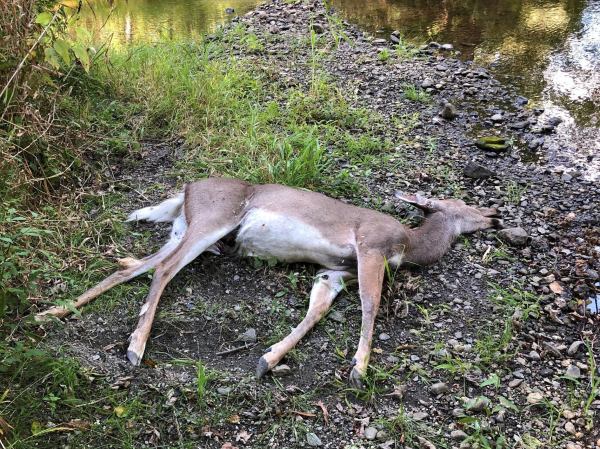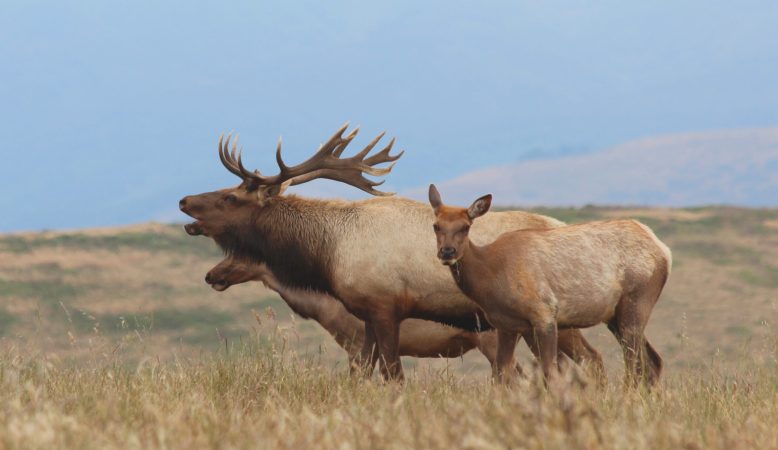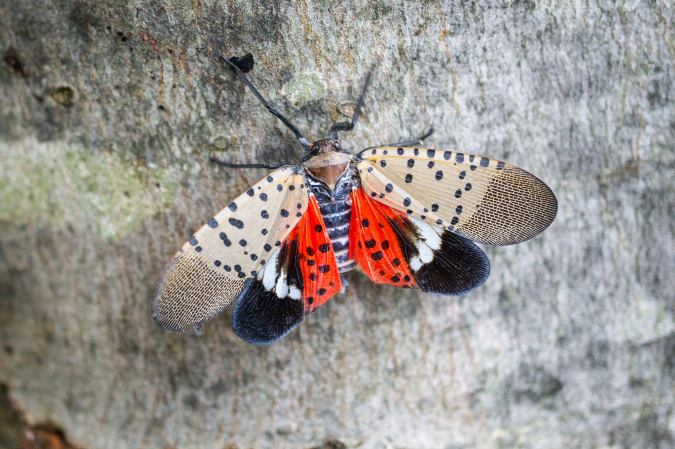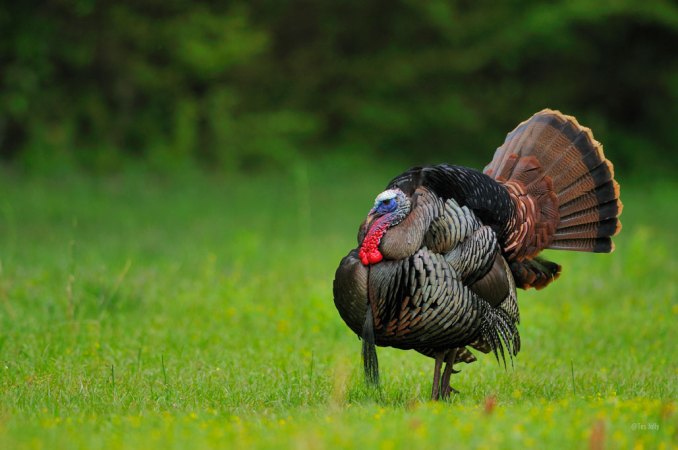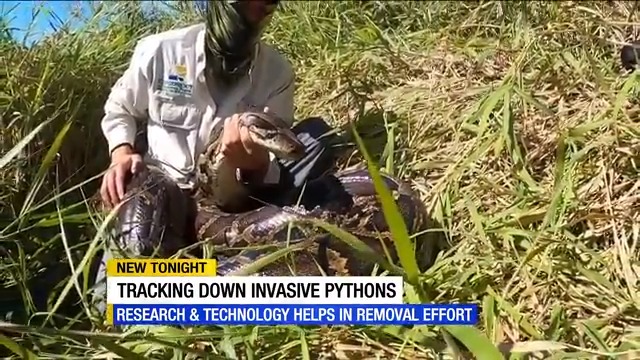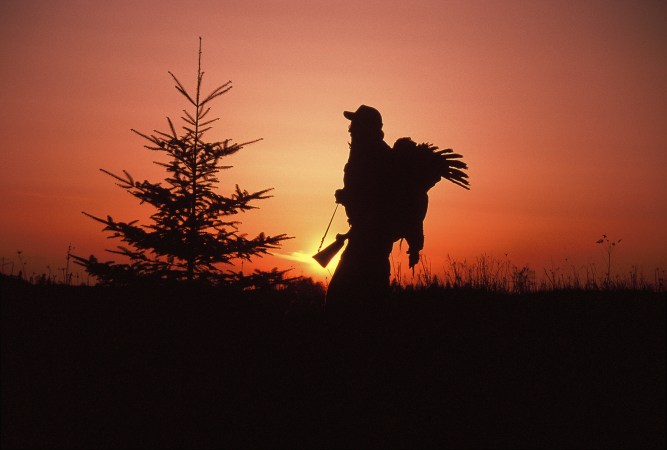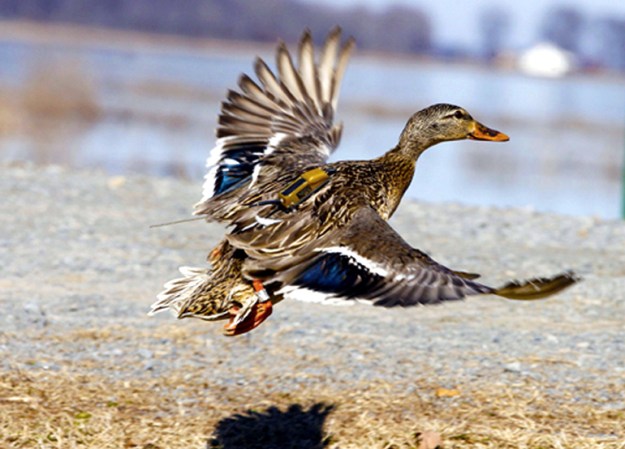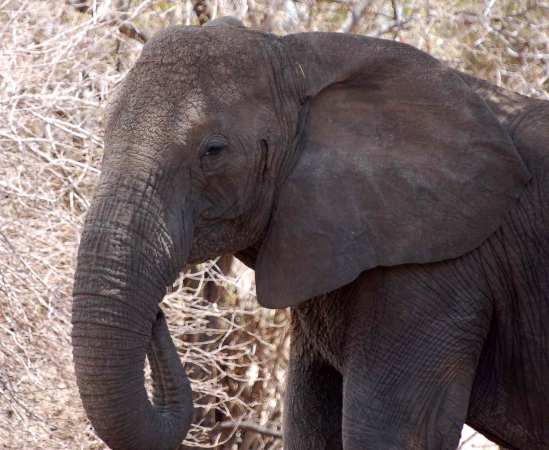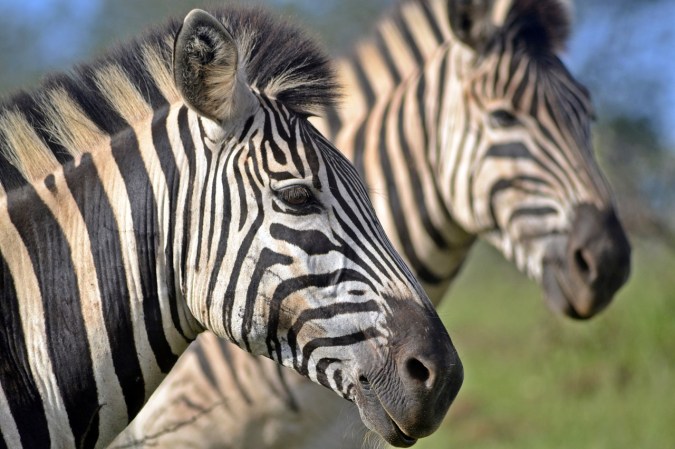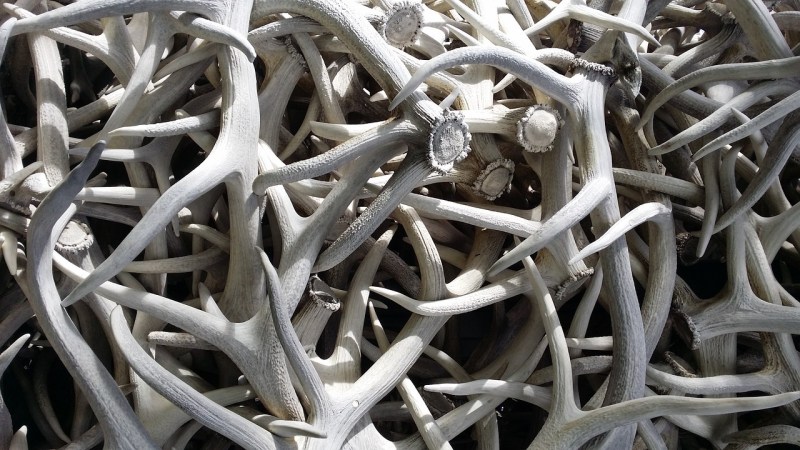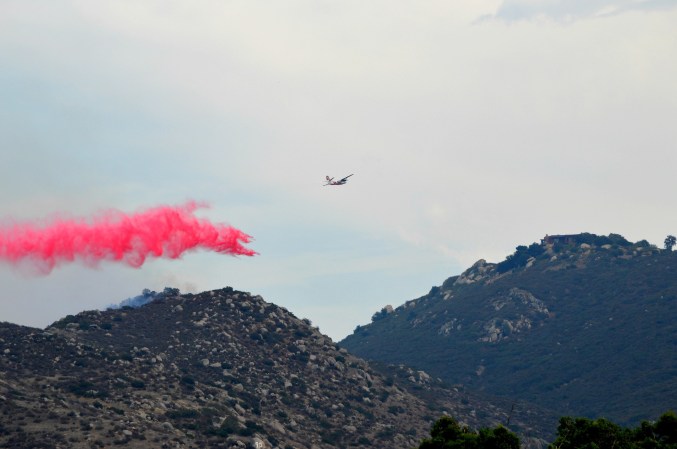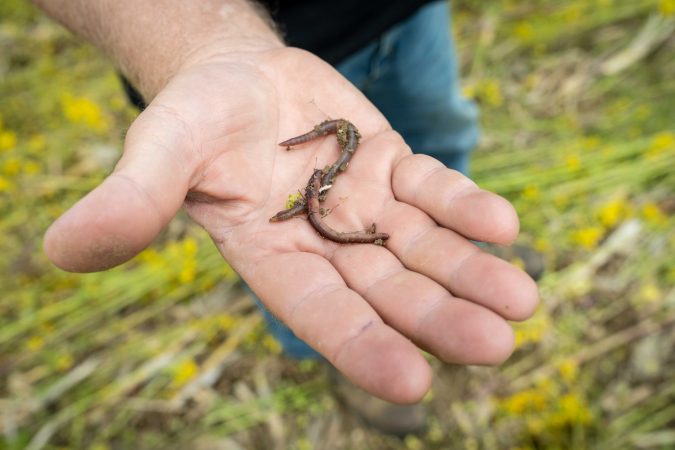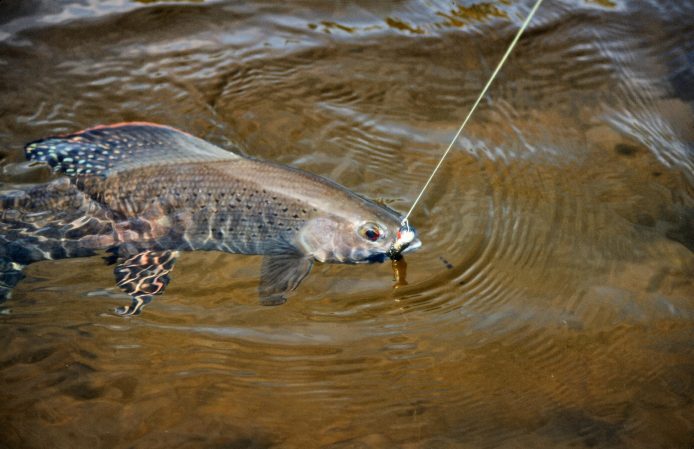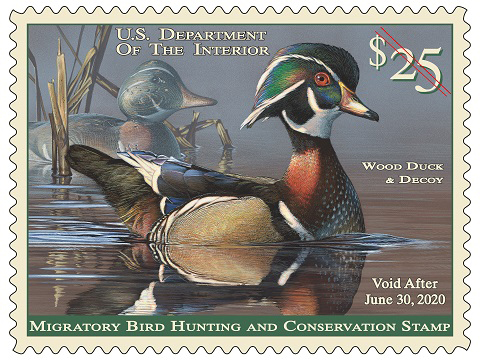Feral hogs are notorious for digging up farmland, spreading disease, and harassing native wildlife. From Texas to Tasmania, they cause trouble wherever they’re found. Still, they have at least one thing to give back to these native ecosystems: bacon. New research indicates that, despite their destructive nature, feral hogs have become a vital food source that may have aided in the recovery of several endangered predators, including Australia’s saltwater crocodile and the Florida panther.
Pigs Down Under
A recent study from Charles Darwin University in Australia found that saltwater crocodiles in the Northern Territory have been using feral hogs as a primary food source for nearly 50 years. Researchers looked at bones from saltwater crocodiles in Darwin Harbor and Kakadu National Park, and they found that the recovery of crocodiles in the region coincides with their shift toward land-based food sources like feral hogs.
“The bones retain a signature that remains across the life of the animal. If you want to look at an animal’s diet in the short term, you look at blood and plasma,” Dr. Mariana Campbell explained in an interview with the New York Times. “If you want something a little further back, you would look at collagen or skin. For long term, you look at bones.”
Saltwater crocodiles were once abundant in Australia’s Northern Territory, and researchers estimate that roughly 100,000 crocs lived in the region shortly after World War II. By the 1970s, however, the species had been hunted to near extinction, and fewer than 3,000 remained. This led to the banning of crocodile hunting in the territory in 1971.
Today, their populations have returned to around 100,000 individuals, according to the Australian government. Although the hunting ban had an effect, the researchers involved in the April study now point to feral pigs as another reason behind the species’ recovery.
Dr. Campbell’s team found that during the early 1970s, the diet of saltwater crocodiles slowly began to change. They shifted their focus away from aquatic animals like fish and turtles, and toward feral hogs and other land-based animals. Around the same time, feral hog populations were booming in the region, which provided a growing food source for the crocs.
“We were amazed by the difference between what they were eating back then and what they are eating now,” said Dr. Campbell. “If it wasn’t for the availability of feral pigs in the environment, the population wouldn’t have recovered to the same level that they have.”
Panther Snacks
As the New York Times pointed out, feral hogs have also played a role here in the United States by feeding one of the Southeast’s most iconic predators: the Florida panther.
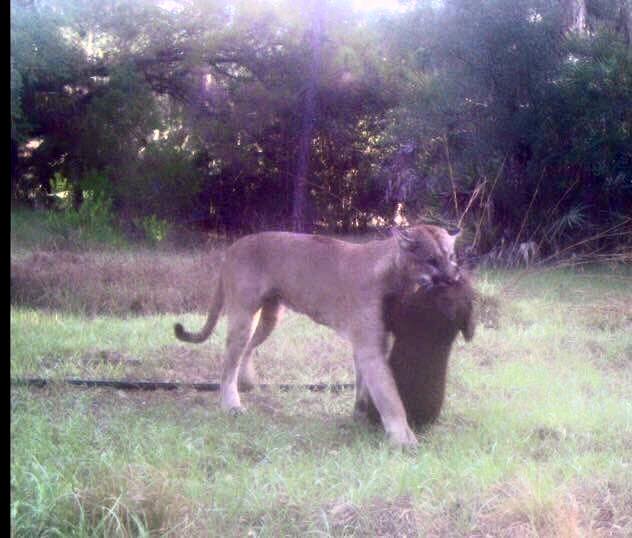
Panthers nearly went extinct in Florida during the 1980s and 1990s, when there were as few as 20 to 30 panthers in the wild. White-tailed deer, a favorite prey of Florida panthers, were also on the decline around this time. When researchers analyzed the diet of Florida panthers from 1977 to 1989, they found that the most common prey item was feral hogs.
“Hogs may have saved Florida panthers from extinction,” Mark Lotz, a panther biologist with the Florida Fish and Wildlife Conservation Commission, told the Times. “The only place panthers remained was in southern Florida, where there was a sizable hog population.”
Read Next: Could Wolves Save Rome From Its Feral Pig Problem?
Does that mean Florida wants more feral hogs running through the Everglades? Of course not. They are still considered one of the most destructive critters out there, and by some estimates, they have directly contributed to the extinction of at least 14 different species around the world. This far outweighs the benefits they might provide to some native predators. But at least they’re edible.
